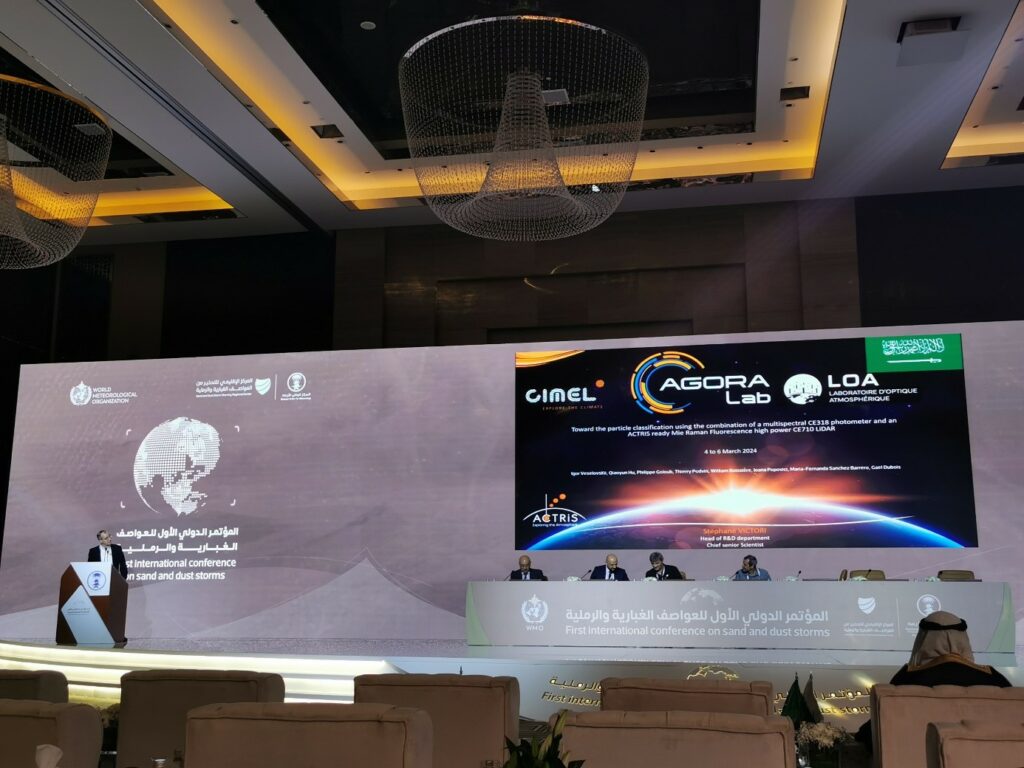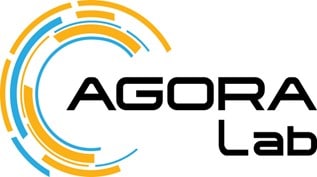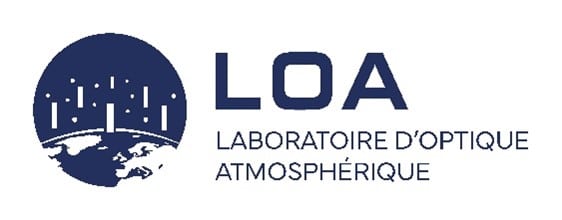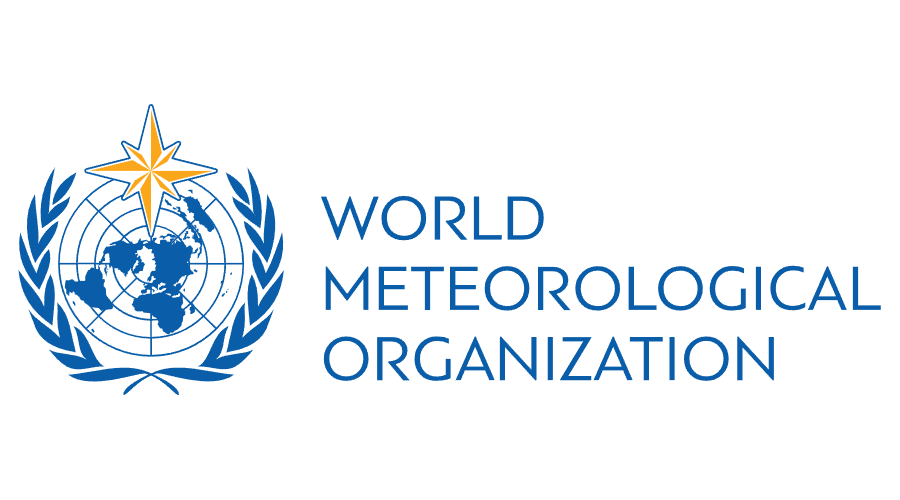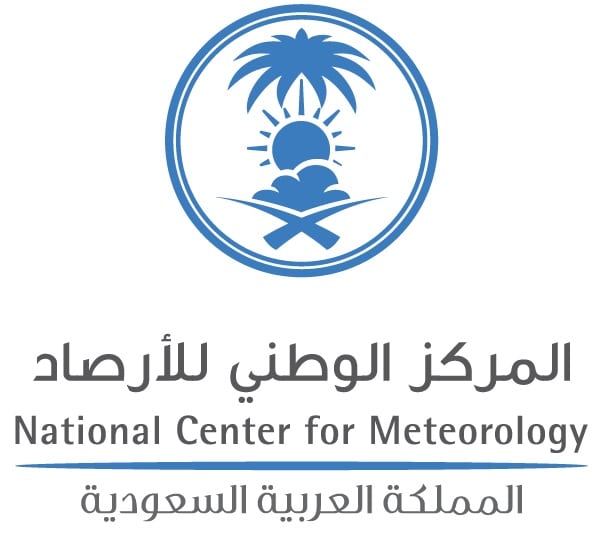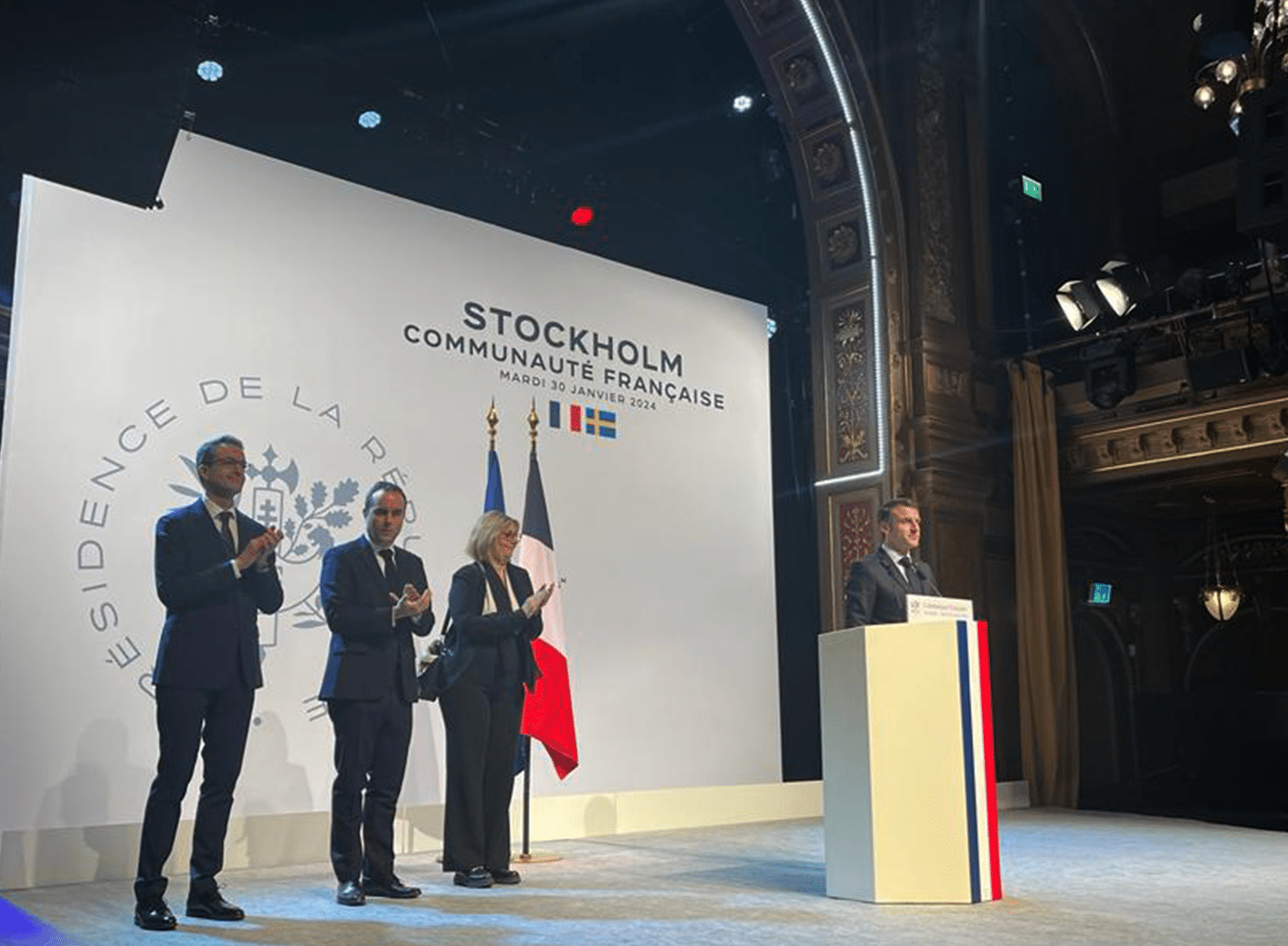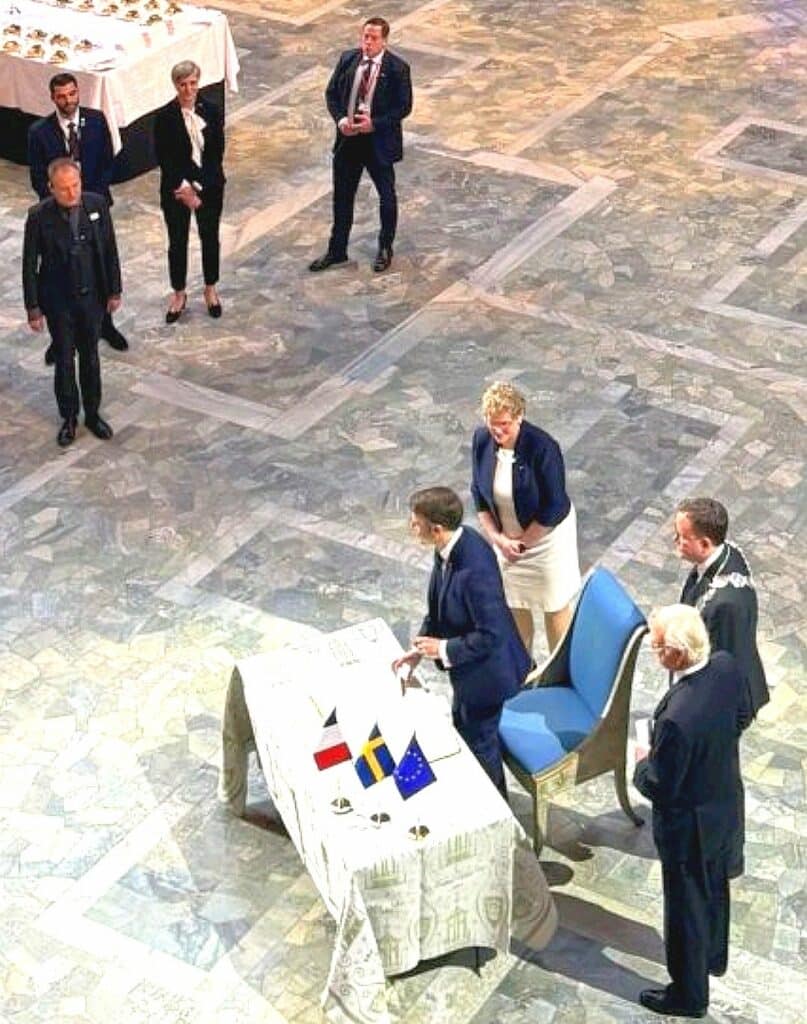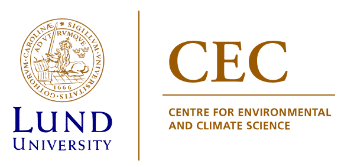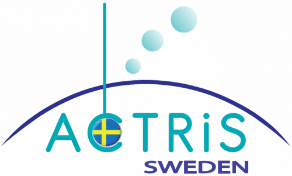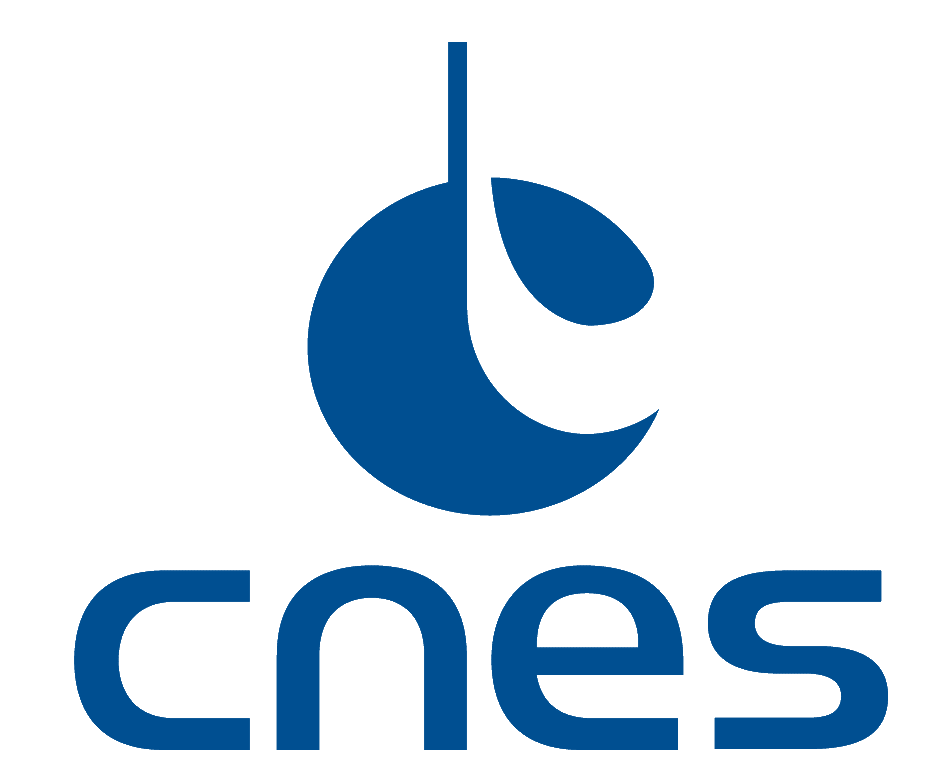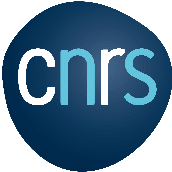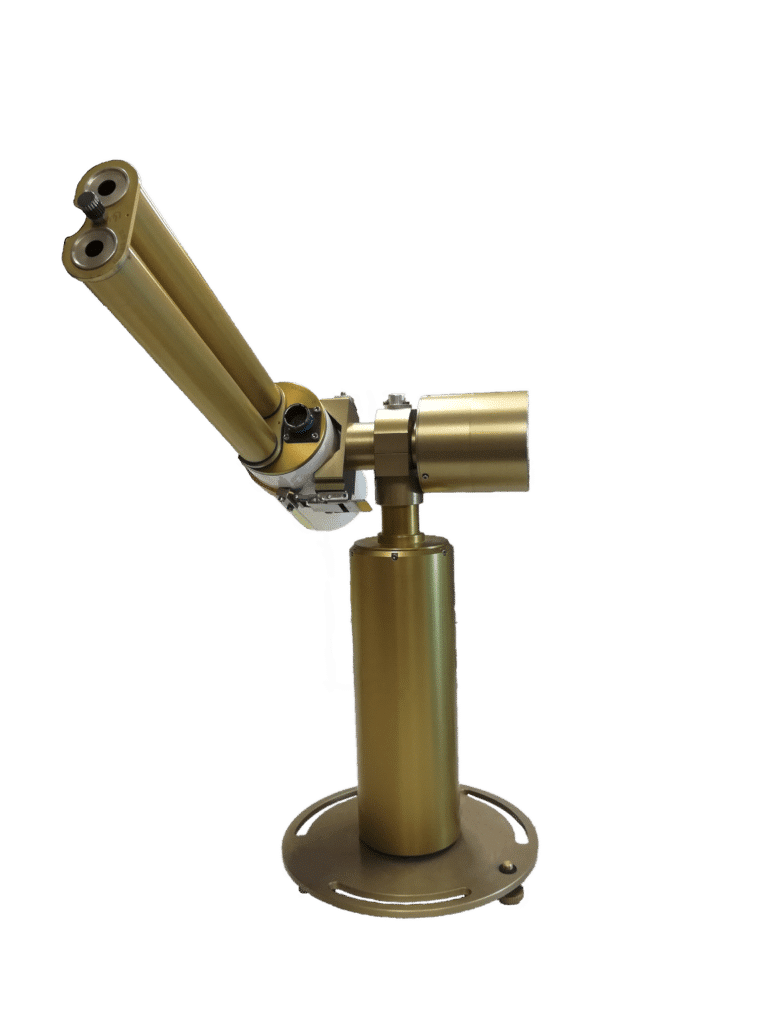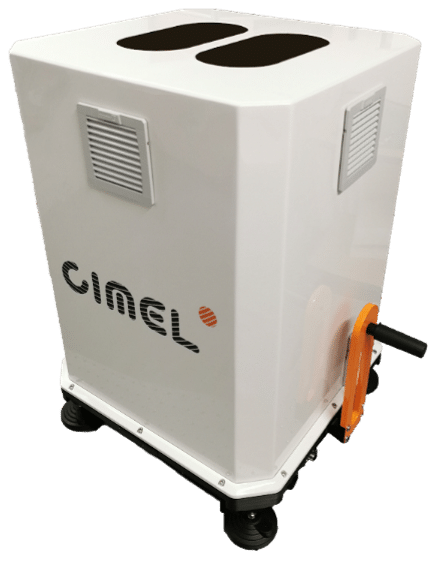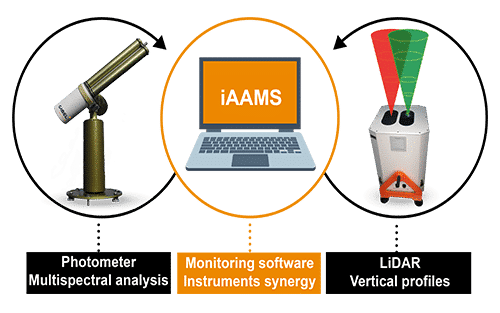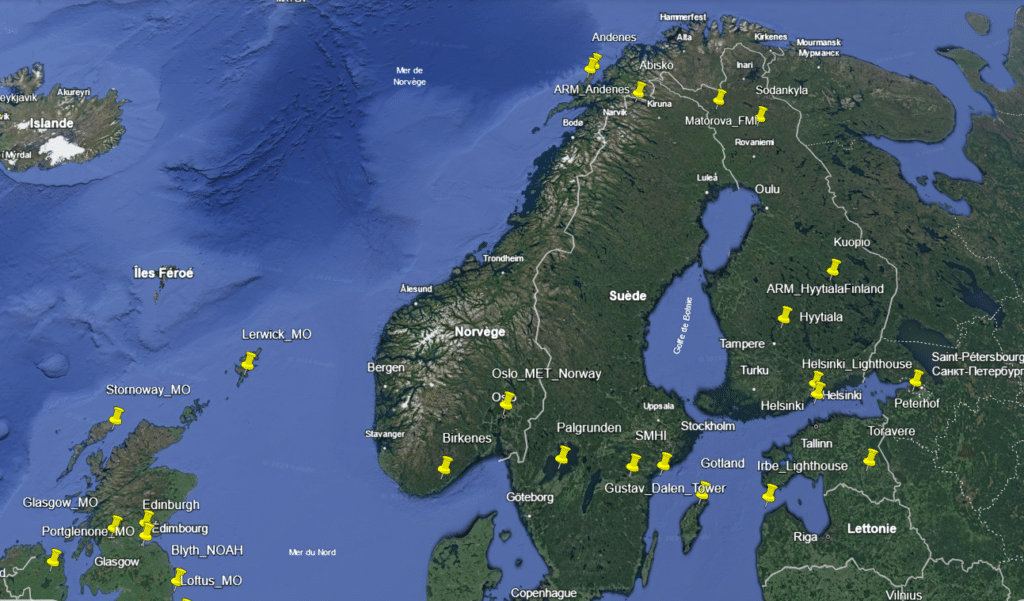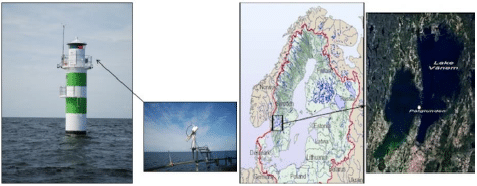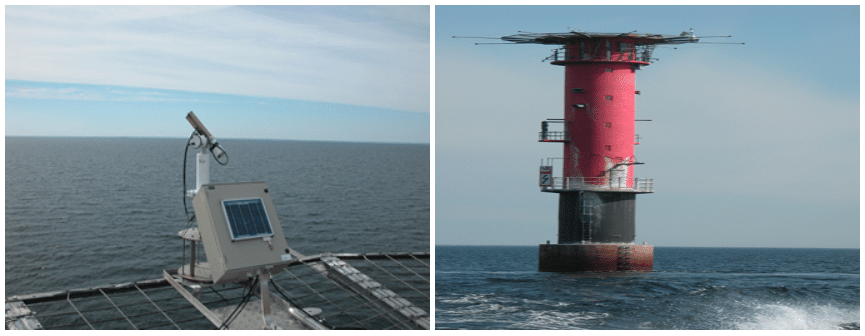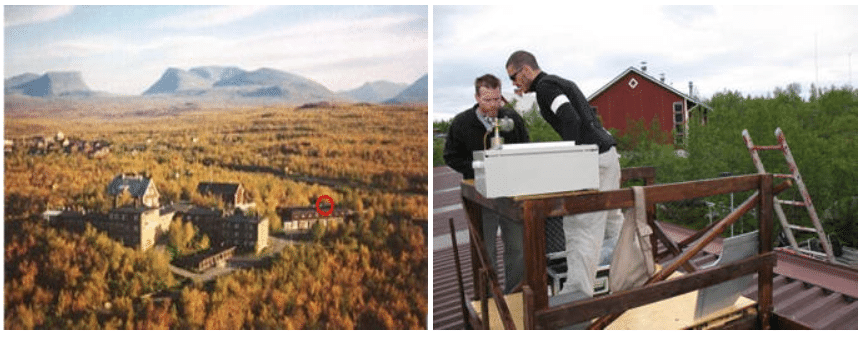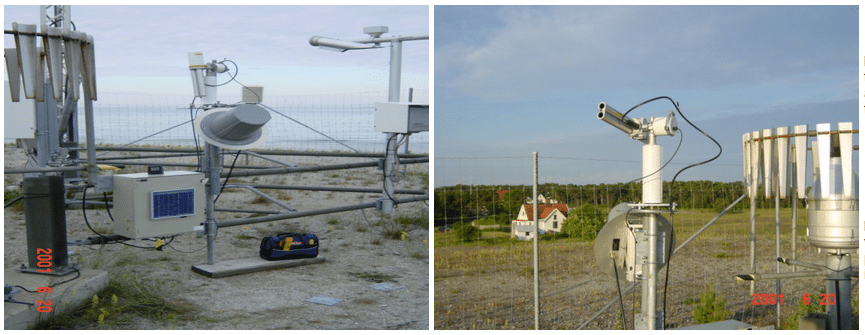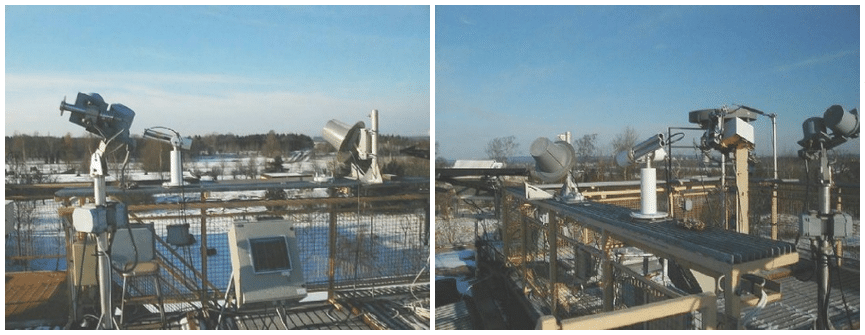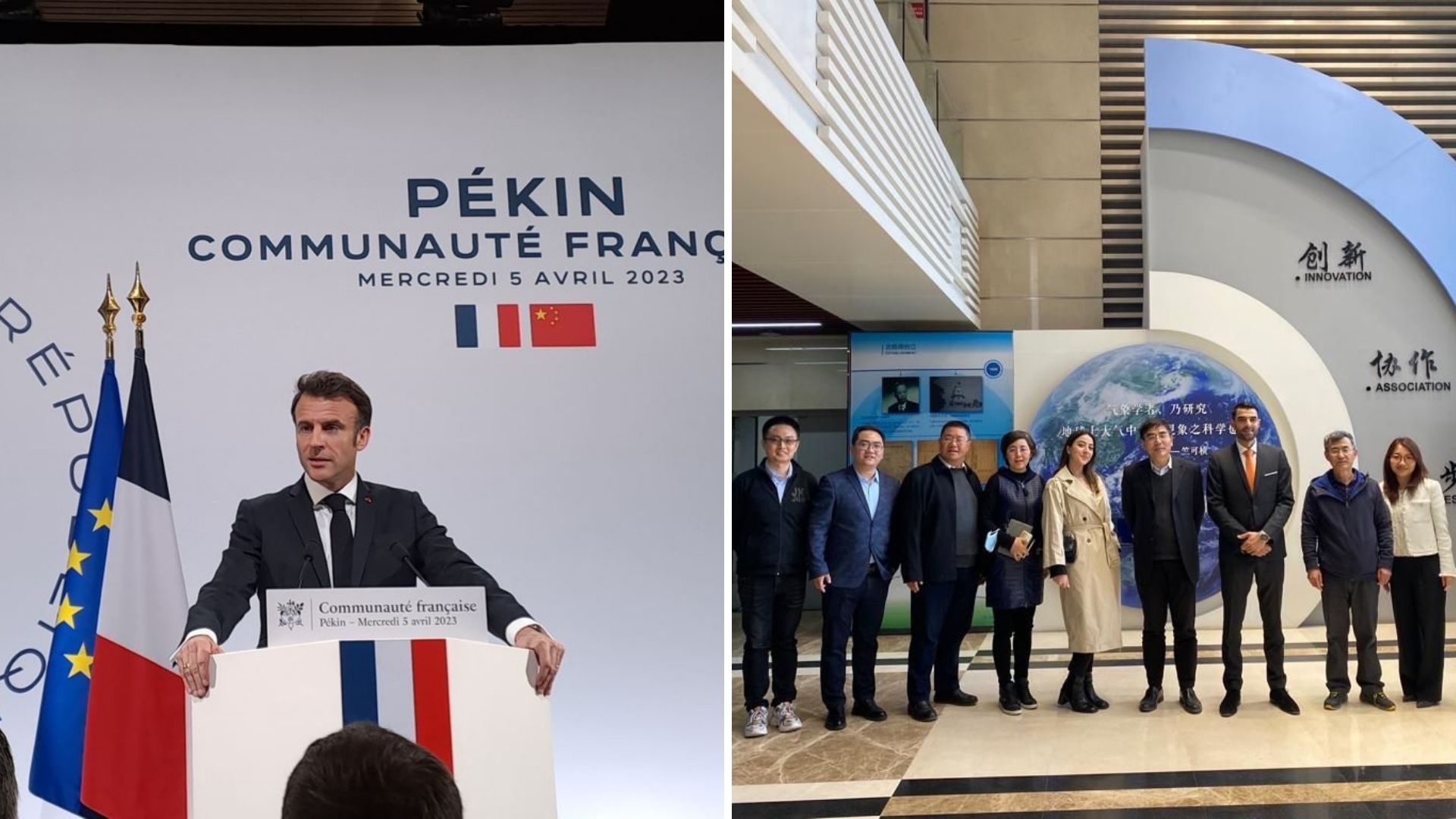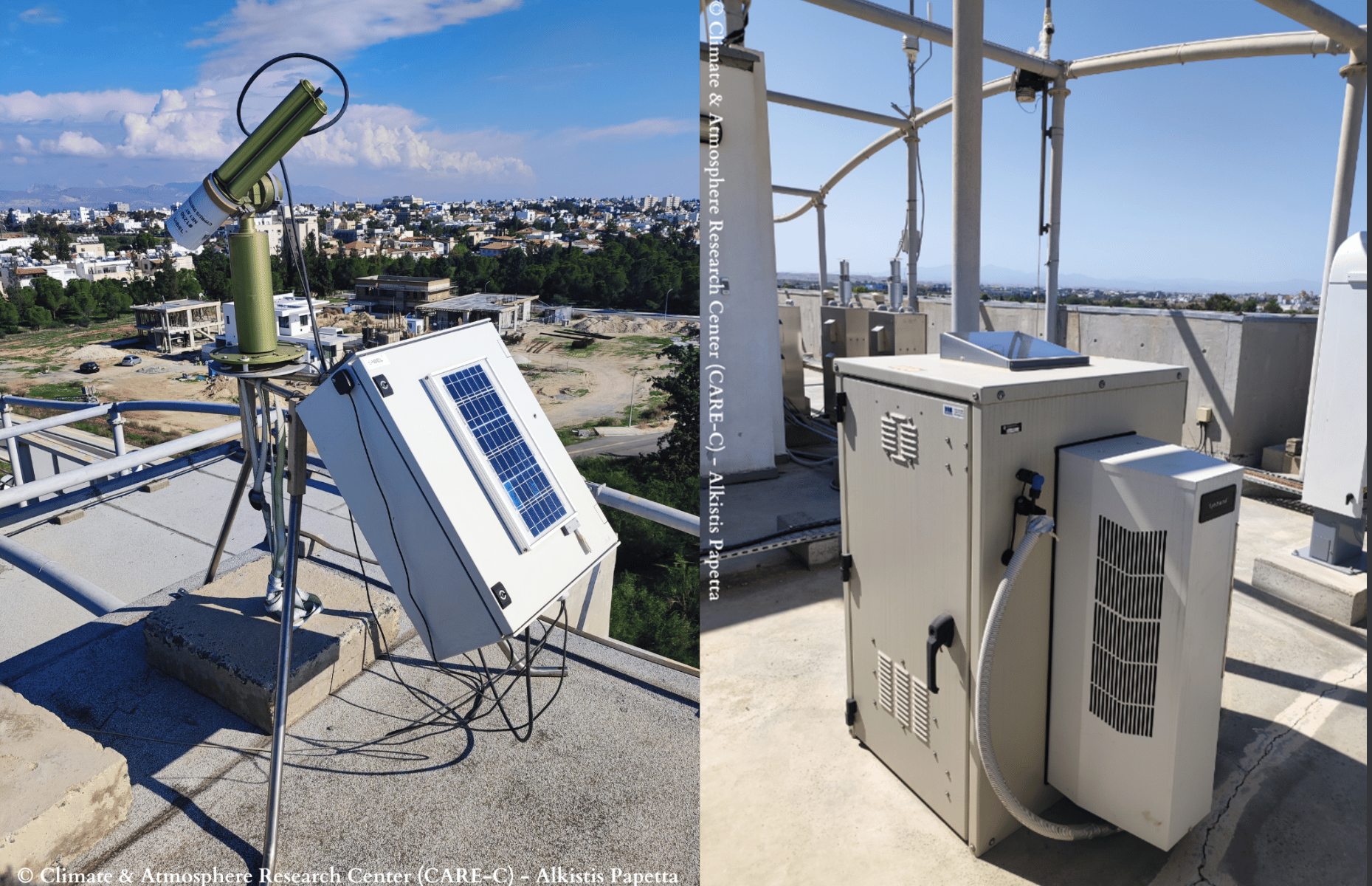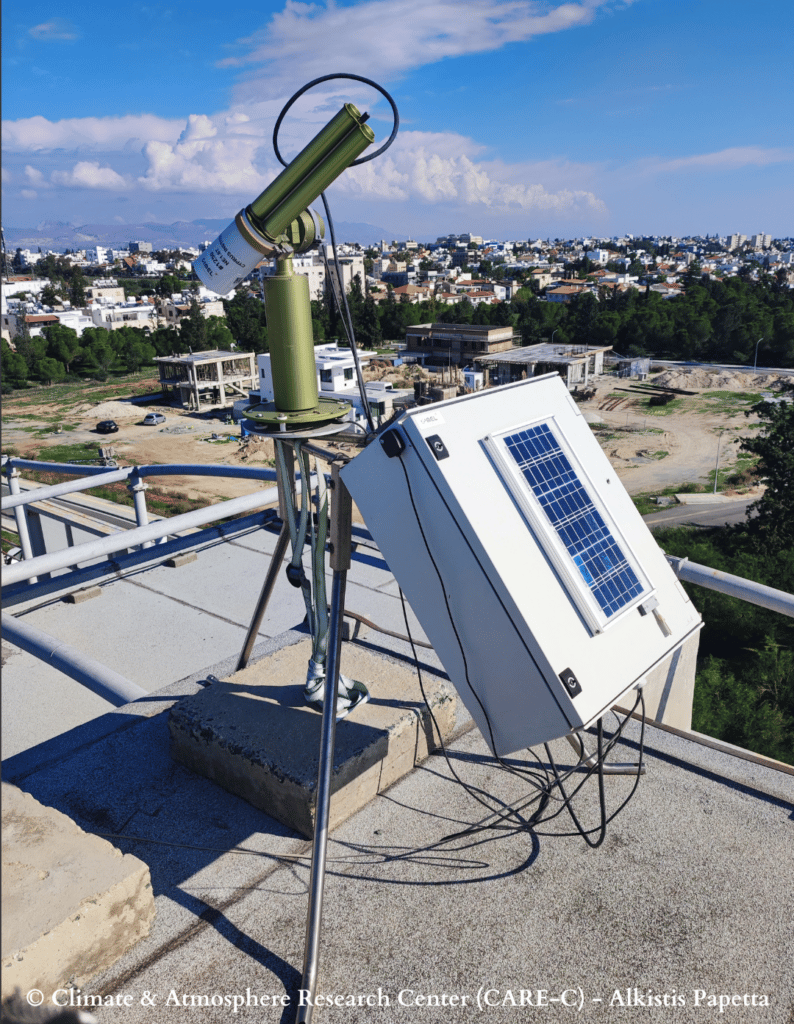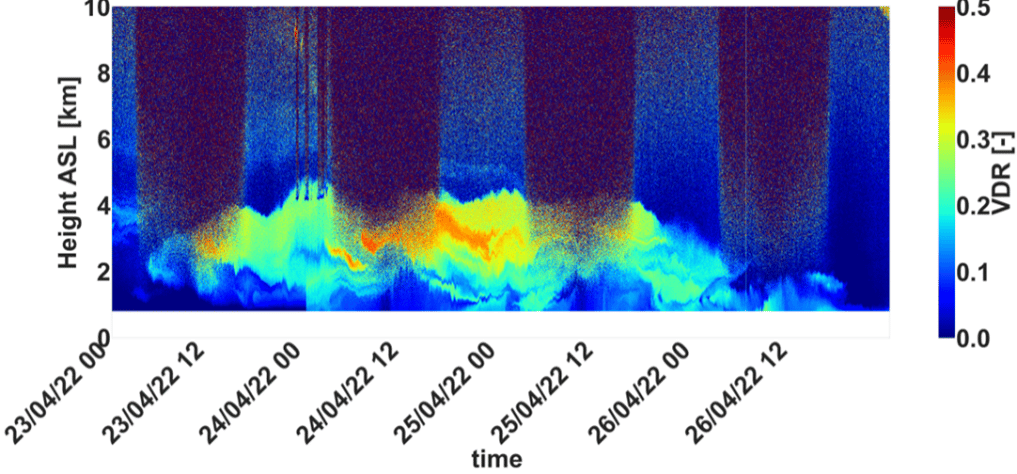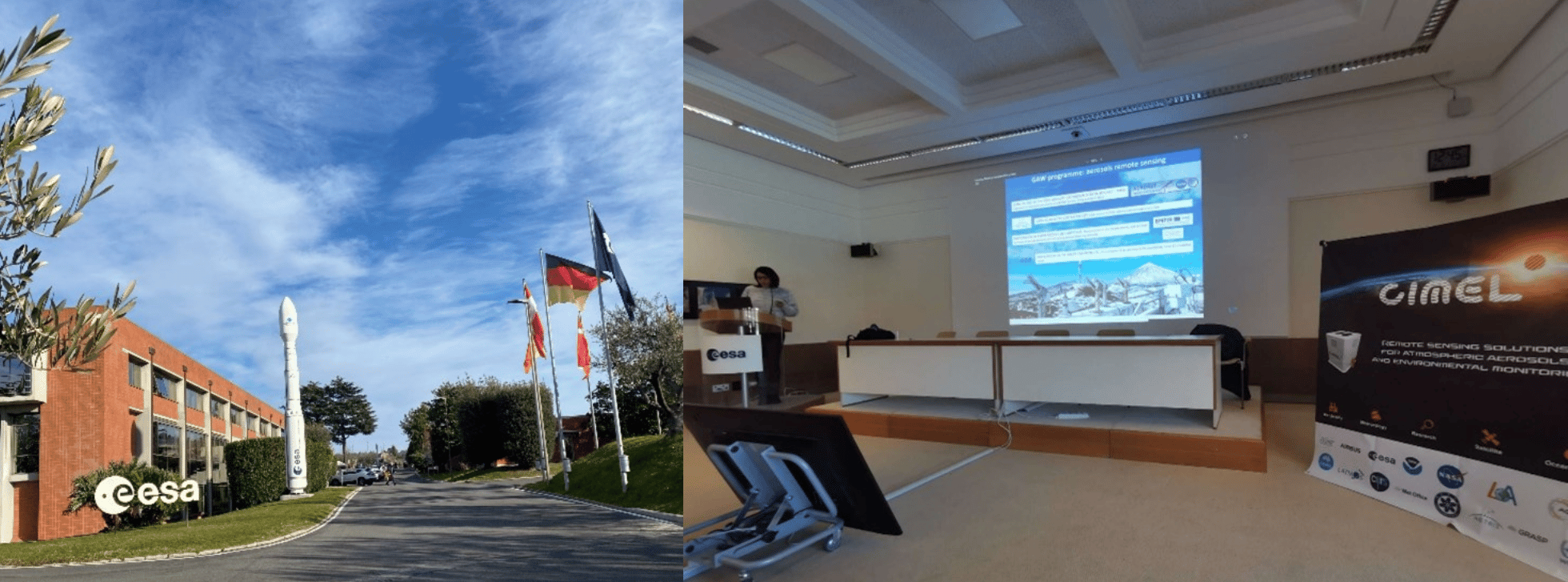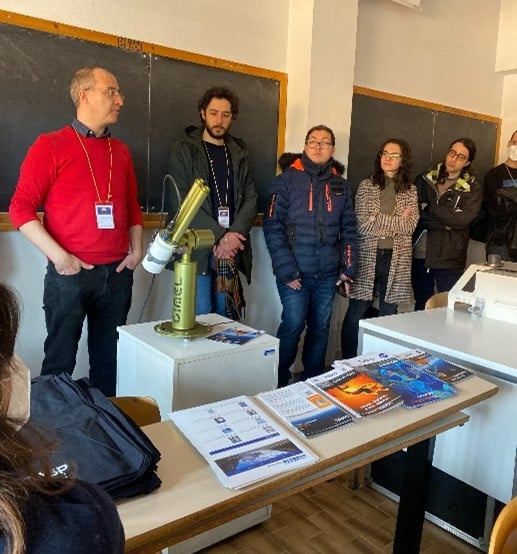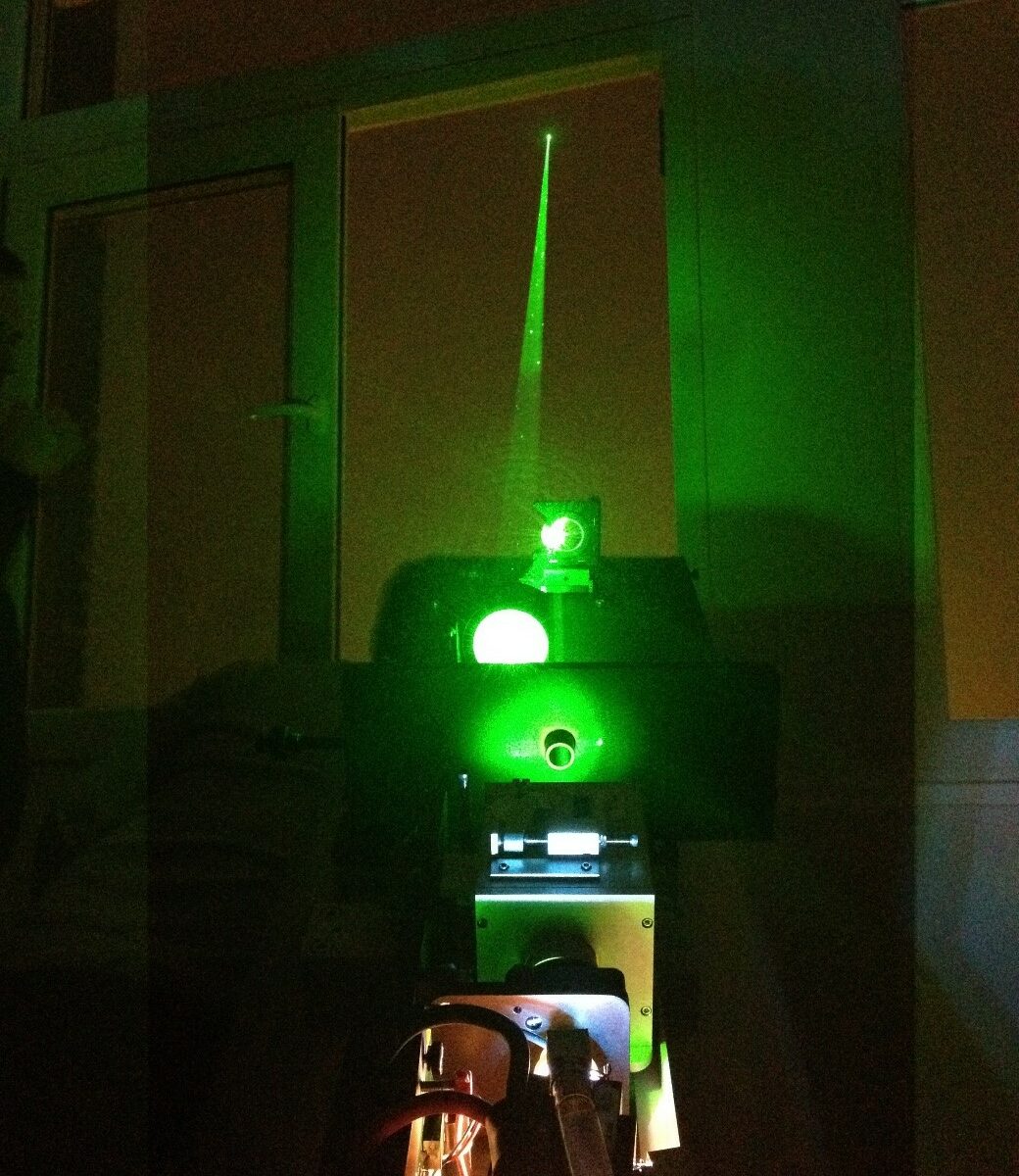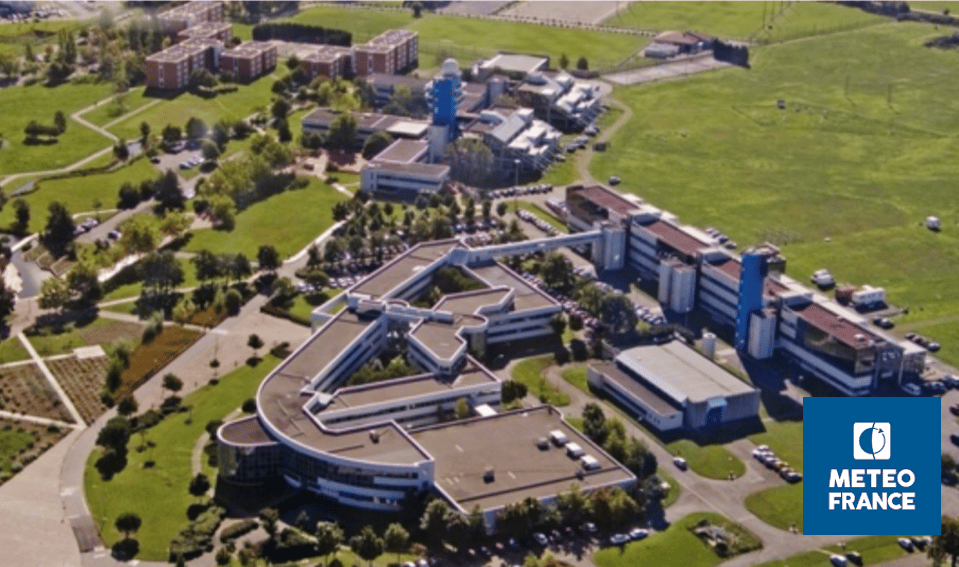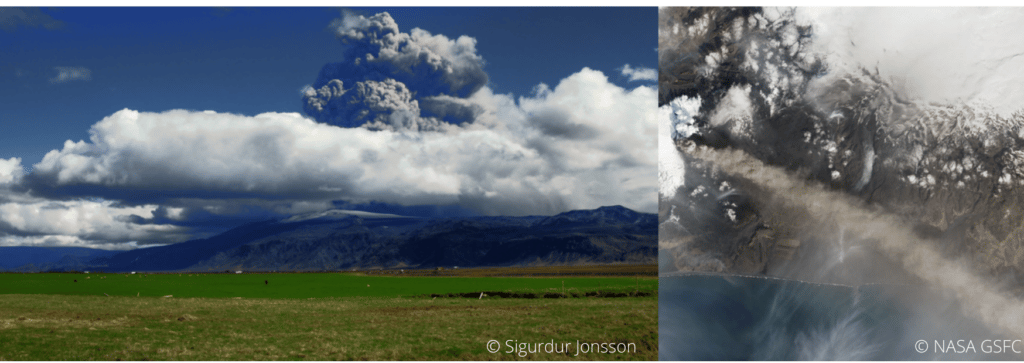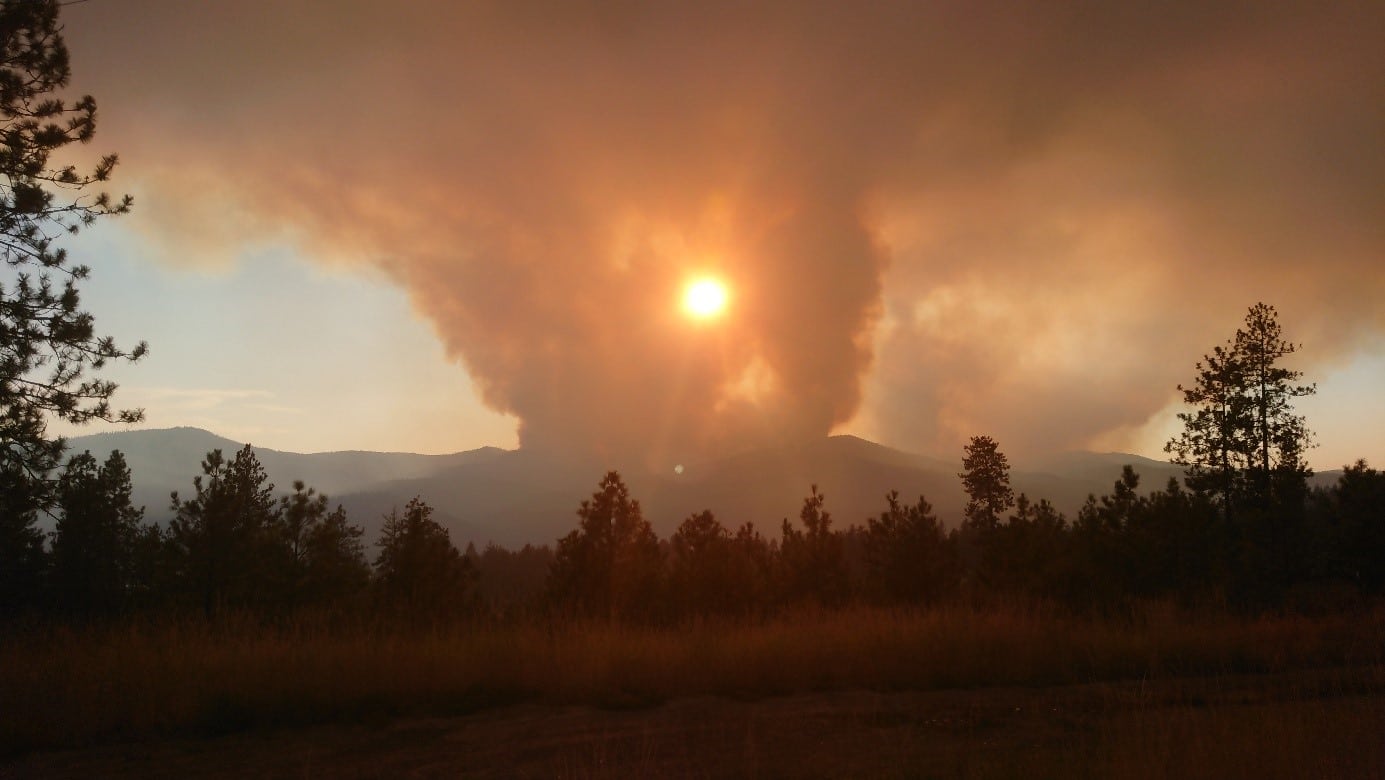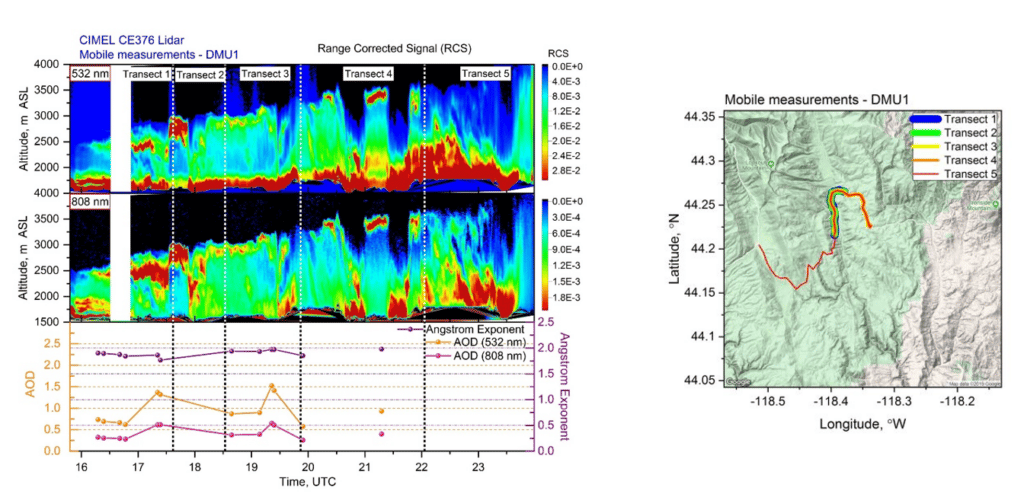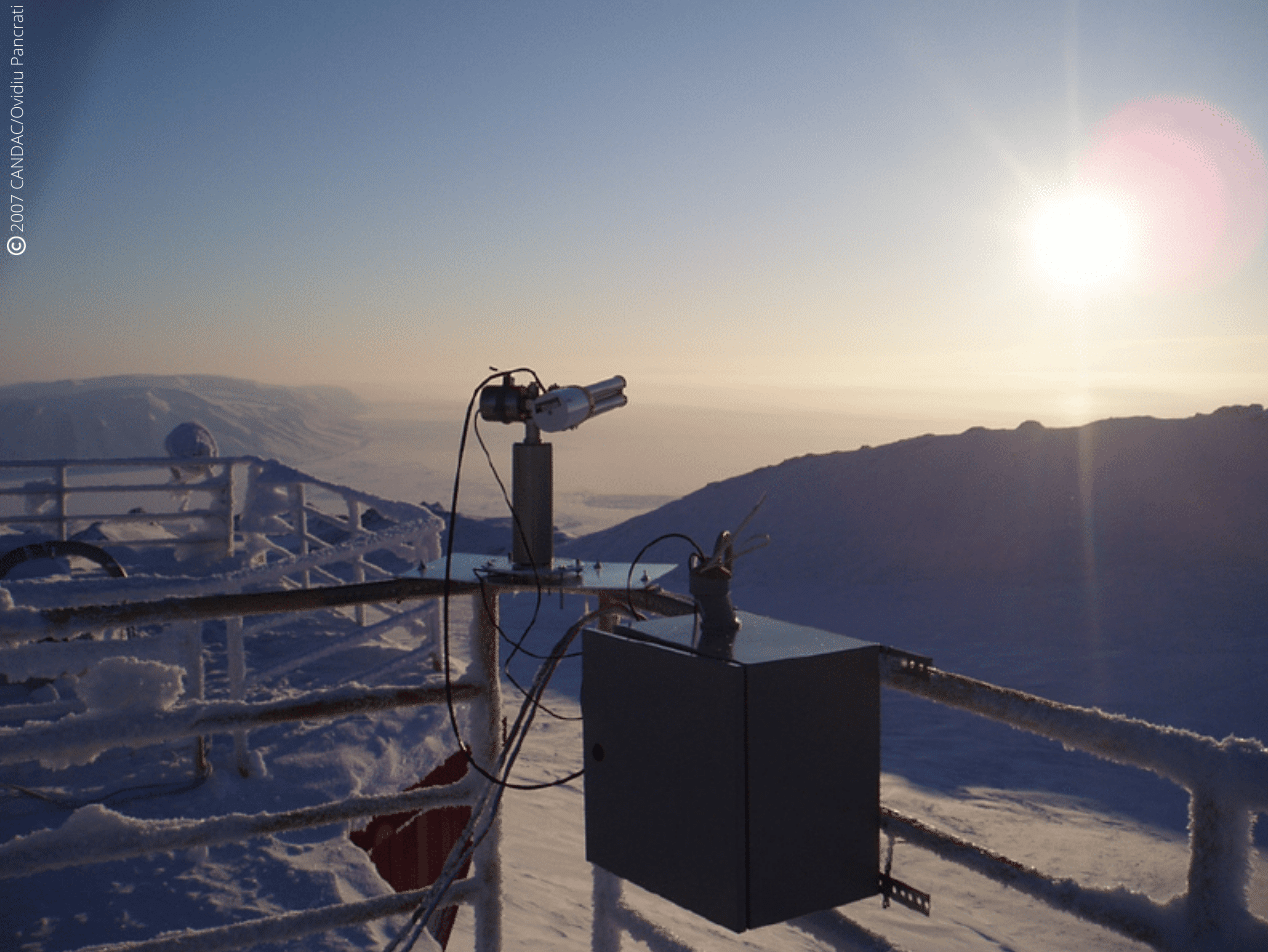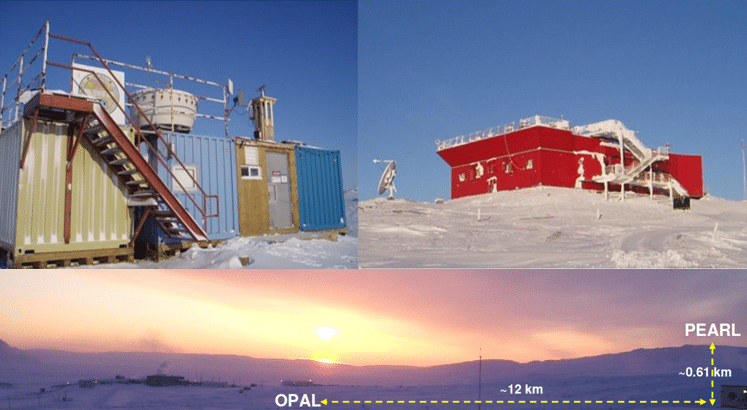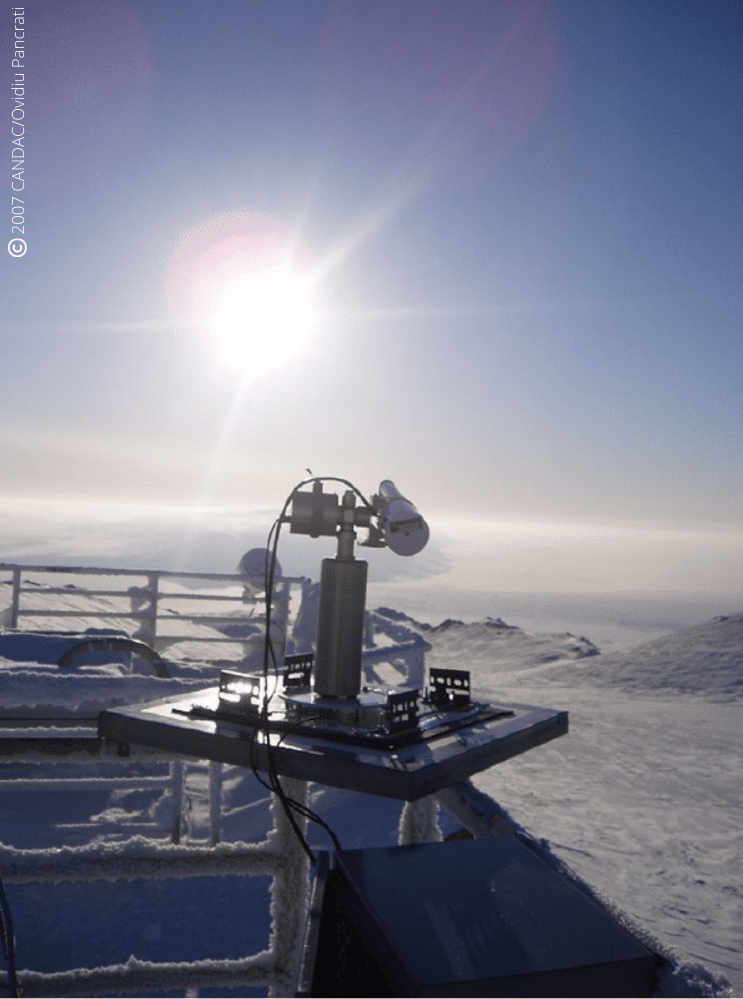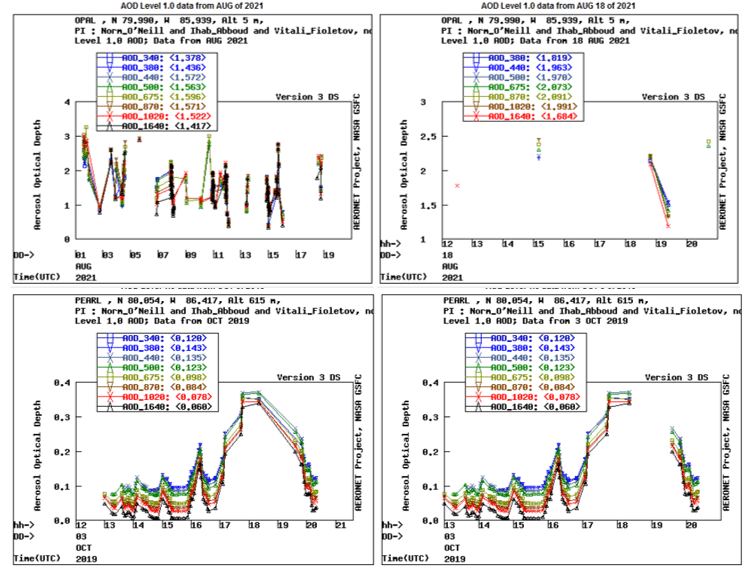French President Emmanuel Macron Leads CIMEL and Various French Companies in Brazil for Economic Diplomacy and Green Transition Innovation
Keywords: Aerosols, monitoring, remote sensing, green transition, innovation.
March 25-28th 2024
Once again CIMEL had the honor to be part of the French delegation accompanying the French president Emmanuel MACRON this time in Brazil in São Paulo from 25th to 28th March 2024.
Organized by MEDEF International and Business France, this delegation of over 80 French companies was embarking on a journey to Brazil, aimed at fostering stronger economic ties between the two countries.
Through a comprehensive agenda created around multiple business possibilities, heavy discussions have been conducted between French companies and other stakeholders. CIMEL, in particular, has actively participated in meetings with significant entities such as the Brazilian Space Agency (INPE), the University of São Paulo, the Institute of Advanced Studies (IPEN), as well as ministers and responsible for finance, cities, energy, and environment.
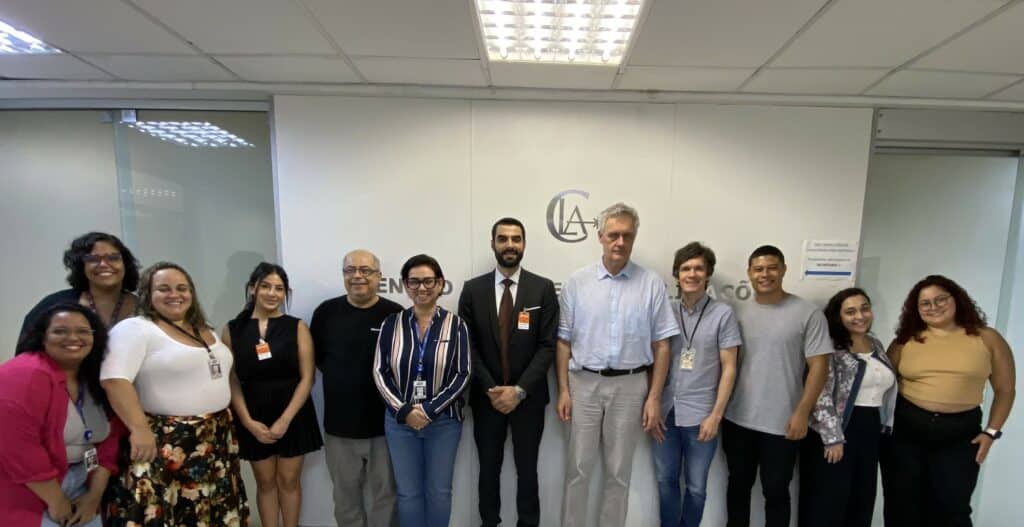
It was particularly interesting for CIMEL to meet these scientific entities in sectors such as space research, advanced technology, and energy, as these areas align closely with CIMEL’s expertise and potential for collaboration and innovation.
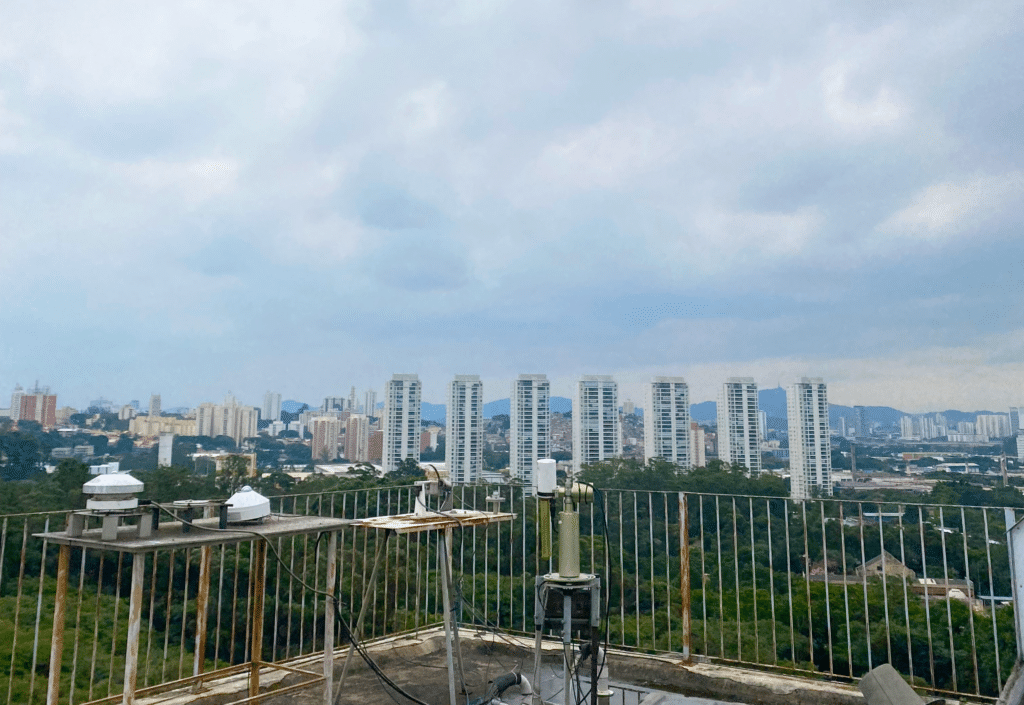
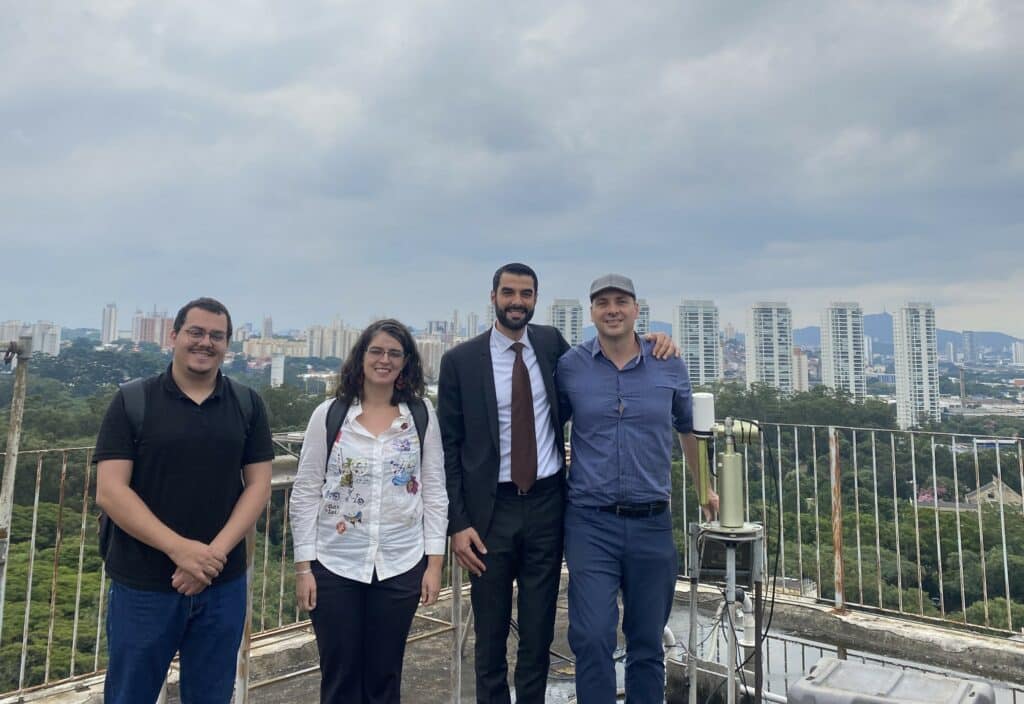
The most popular event of the visit is the Franco-Brazil Business Forum addressing energy transition, which involves President Macron and Geraldo Alckmin – the Vice-President of Brazil. The Forum discussed the initiatives of how the investments will change color into “green” for both governments and revealed plans for sustainable development.

The presence of Laurent Saint-Martin, Director General of Business France, brought a decisive vision of the strengths of France with its delegation.
As CIMEL continues to forge ahead in its quest for international expansion, this business trip served as a demonstration of its commitment to innovation, collaboration, and global leadership in the sector of atmospheric and environmental monitoring.
Special thanks to the Business France Team!
Emmanuel Macron Laurent Saint-Martin Michelle Portugal Adriana Braga Nasser Elmamoune Roberta Derquiashian Juliette Petit Berenice Pereira Estrela



